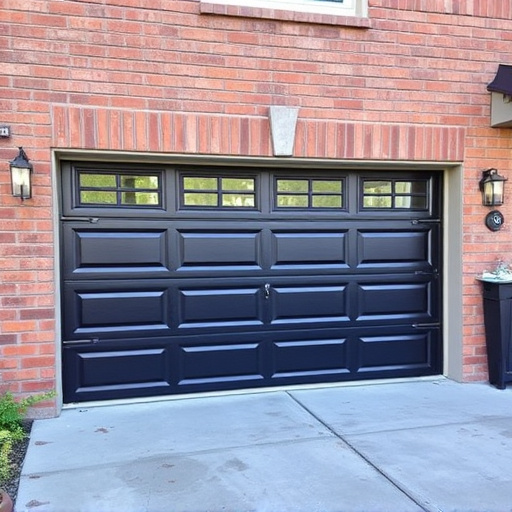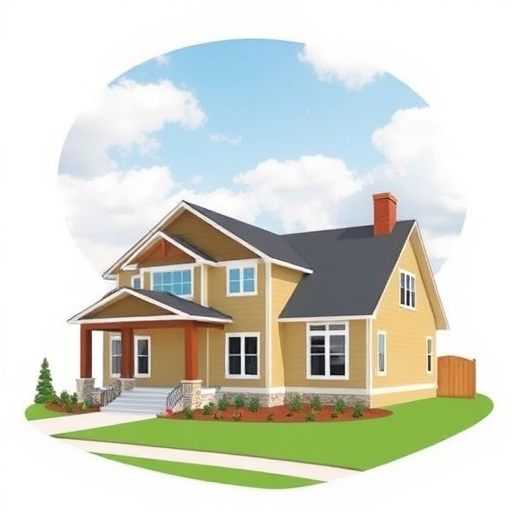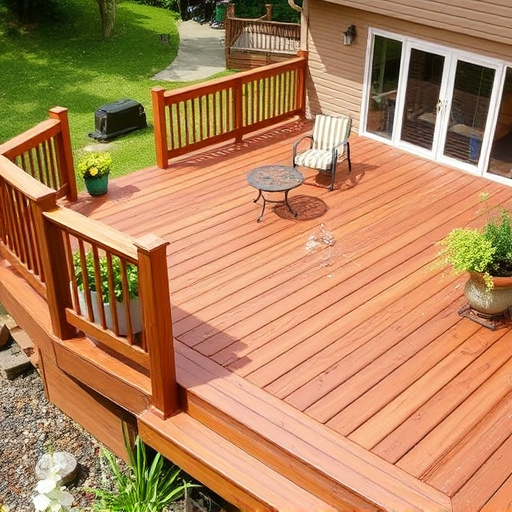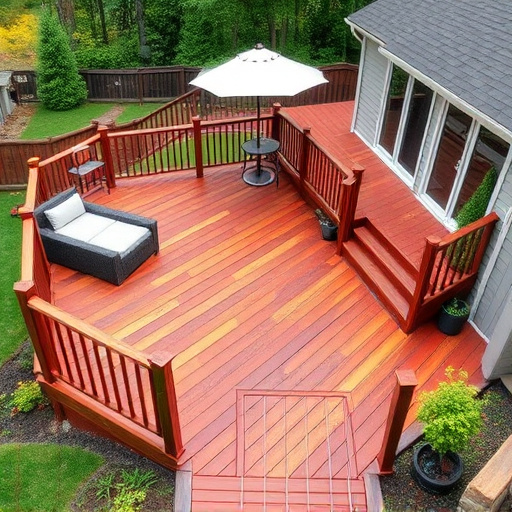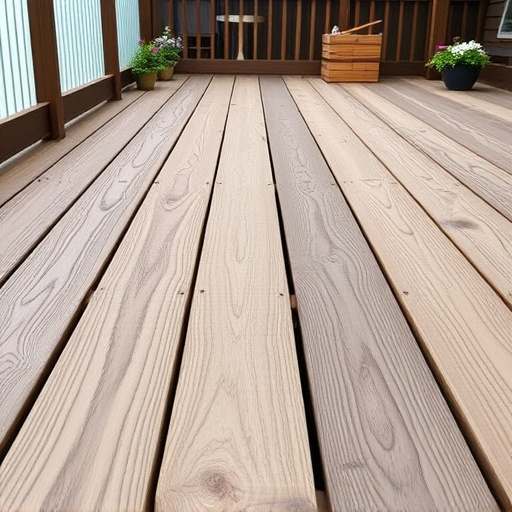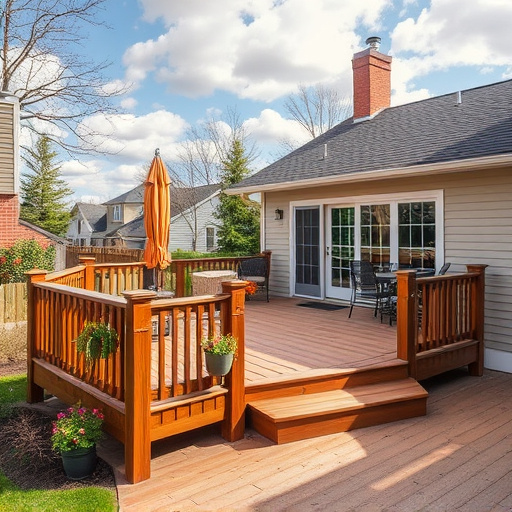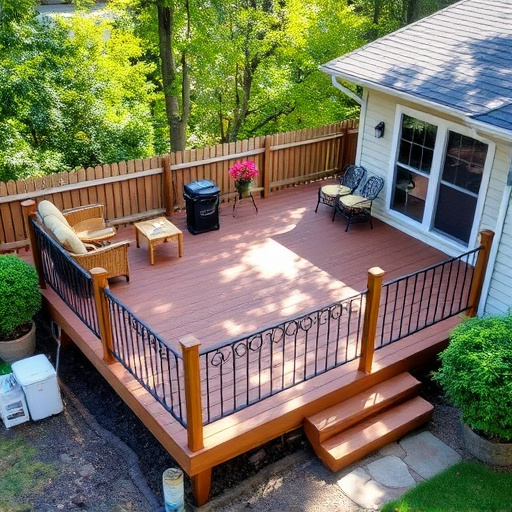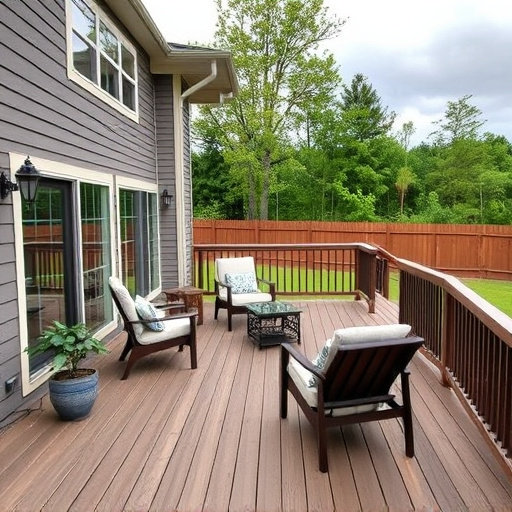Adhering to local building codes is vital for deck systems to ensure safety, structural integrity, and compliance. Codes dictate construction requirements like dimensions, materials, and attachment methods. Code-compliant deck systems use robust frames, specialized connectors, and drainage to prevent damage. Proper installation begins with inspections, accurate measurements, compatible materials, and a solid foundation. Regular maintenance includes annual inspections, cleaning, and prompt issue resolution for longevity.
In today’s digital era, understanding local building codes is crucial for installing safe and durable deck systems. This comprehensive guide delves into the essential aspects of navigating these regulations, ensuring your deck complies with all necessary requirements. From understanding specific code provisions to implementing best practices during installation and maintenance, this article equips folks with the knowledge to foster robust and code-compliant deck systems.
- Understanding Local Building Codes for Decks
- Essential Features of Code-Compliant Deck Systems
- Installation and Maintenance Best Practices
Understanding Local Building Codes for Decks

When designing and installing deck systems, understanding local building codes is paramount to ensure structural integrity and safety. Each municipality or region typically has its own set of regulations that dictate the minimum requirements for deck construction, including dimensions, material use, and attachment methods. Builders and homeowners must familiarize themselves with these codes before embarking on any deck project. Compliance ensures not only the longevity of the deck but also prevents potential legal issues and hazards.
Local building codes often cover various aspects, such as allowed spacing for joists, load-bearing capacities, and fire safety measures. For instance, some regions mandate specific types of decking materials resistant to rot or require proper drainage systems to prevent water damage. Additionally, roofing solutions and residential siding choices might be subject to code approval to maintain consistent aesthetics and structural standards throughout a property.
Essential Features of Code-Compliant Deck Systems
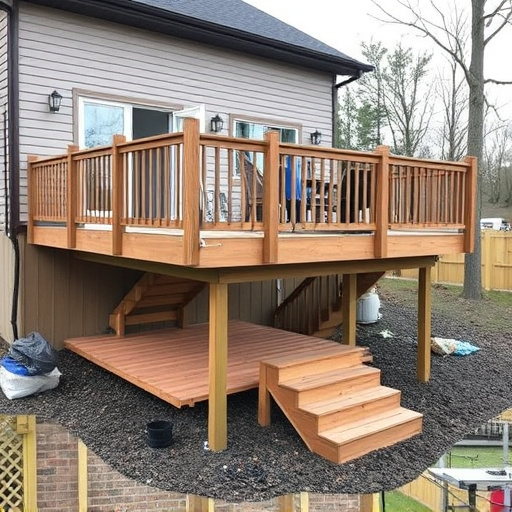
When designing or installing a deck system, adhering to local building codes is paramount for safety and structural integrity. Code-compliant deck systems incorporate several essential features that ensure their durability and compliance with regulatory standards. One crucial aspect is a robust and properly engineered frame, which serves as the foundation and supports the entire structure. This frame must be constructed using materials that withstand environmental factors like rot, corrosion, and extreme weather conditions, ensuring longevity and safety.
Additionally, these systems often incorporate specialized connectors and fasteners designed to enhance structural integrity. These components facilitate the secure attachment of deck boards, railings, and other fixtures, preventing loose or unstable areas. Proper drainage is another key consideration; effective deck systems include slopes and channels that direct water away from the structure, minimizing moisture-related damage, and preventing erosion that could compromise the foundation. Commercial and residential siding, as well as roofing and siding installations, benefit from these design elements to create safe, code-compliant outdoor living spaces.
Installation and Maintenance Best Practices

When installing a deck system, adhering to best practices ensures both structural integrity and longevity. Begin by thoroughly inspecting the existing structure and sub-floor for any signs of damage or rot. Proper preparation is key; ensure all measurements are accurate and materials are compatible with local building codes. A solid foundation is essential, utilizing appropriate fasteners and following manufacturer guidelines for spacing and installation techniques.
Regular maintenance is equally vital for your deck systems. This includes annual inspections to check for loose boards, deteriorated joints, or signs of water damage. Treating any issues promptly prevents minor problems from escalating into costly repairs, such as those required for roof repair or siding replacement. Implement a regular cleaning routine using pressure washers and non-abrasive cleaners to remove dirt and debris, preserving the deck’s aesthetics and extending its lifespan.
When designing and installing deck systems, adhering to local building codes is paramount. By understanding these requirements and implementing essential features outlined in this article—from structural integrity to safe installations and ongoing maintenance—you ensure not only compliance but also the longevity and safety of your deck systems. Choose code-compliant materials and follow best practices for a solid investment that enhances any outdoor living space.
